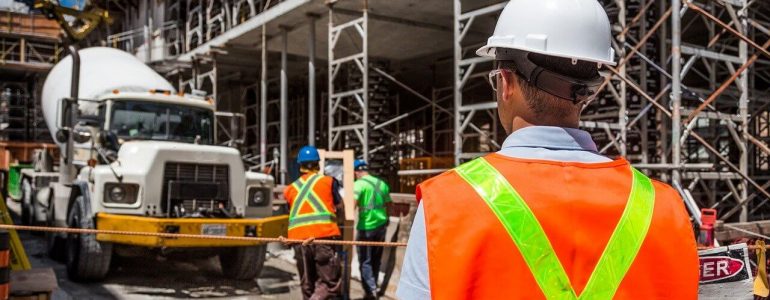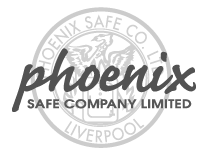Occupational safety has become a priority in recent decades, not just in the UK but in most other countries as well.
Part of that safety is ensuring workers are not exposed to dangerous levels of dangerous substances, especially those that are airborne. So what is workplace exposure limit?
Standards and legislation specify the maximum concentration of various substances in a workplace environment. These upper limits are called workplace exposure limits or WELs. They are also called occupational exposure limits or OELs.
WELs in the UK

Because hazardous materials vary in terms of the risk they pose, specific WELs are assigned to specific substances. For example, the WEL for Acetaldehyde is 20ppm over an 8hr period and 50ppm for short term exposure (15mins).
Currently, about 500 different substances have WELs assigned to them. By the way, these workplace exposure limits are legally binding and are enforced by the Health and Safety Executive.
These WELs cover substances that you can inhale, swallow, come into contact with, or inject.
To ensure these limits are followed, it’s essential to monitor the working environment and measure levels of different substances that workers are exposed to.
What About Assigned Protection Factor?
Another term you’ll come across when buying personal protective equipment, particularly mask respirators, is assigned protection factor or APF.
APF describes the performance and capability of a protective mask respirator. APF tells you by how much a respirator will reduce specific airborne substances. For instance, an APF 4 respirator reduces concentration of particles or fumes by four times.
An APF 10 respirator reduces concentration by ten, making it better for high-toxicity substances or environments with high concentrations of certain gasses or particles.
OEL and APF in Mask Respirators
When you are buying a half or full mask respirator, it’s important to know its OEL and APF so that you can decide if it is suitable for the work environment.
P1 mask respirators provide the lowest level of protection. They have an APF of 4 and 4xWEL.
P2 mask respirators provide a medium level of protection. They have an APF of 10 and 12xWEL.
P3 mask respirators provide the highest level of protection. They have an APF of 20 and 50xWEL.
Do WELs Apply to Everyone
WELs and other COSHH regulations apply to businesses and workplaces. If you are employed, your employer is legally mandated to maintain strict WELs and carry out continuous monitoring, as well as making sure employees have the proper PPE.
If you are self-employed and have employees, you are an employer thus it’s your responsibility to make sure your workplace is up to standard when it comes to employee exposure to hazardous substances.
WELs also apply if you are self-employed but have no employees. As long as you carry hazardous substances to other premises, you have to follow the regulations.
Where WELs and other safety regulations don’t apply is if you are doing DIY work at home. Whether it’s woodwork, painting, or spraying insecticides, it’s up to you to make sure you are safe.
Since it’s difficult and expensive to monitor your work environment, we recommend buying a mask respirator with P3 filters. These offer the highest level of protection against airborne particles as well as chemical gases and fumes. They also protect you from bacteria and viruses.
You’ll also need additional protective gear like gloves and safety glasses.







